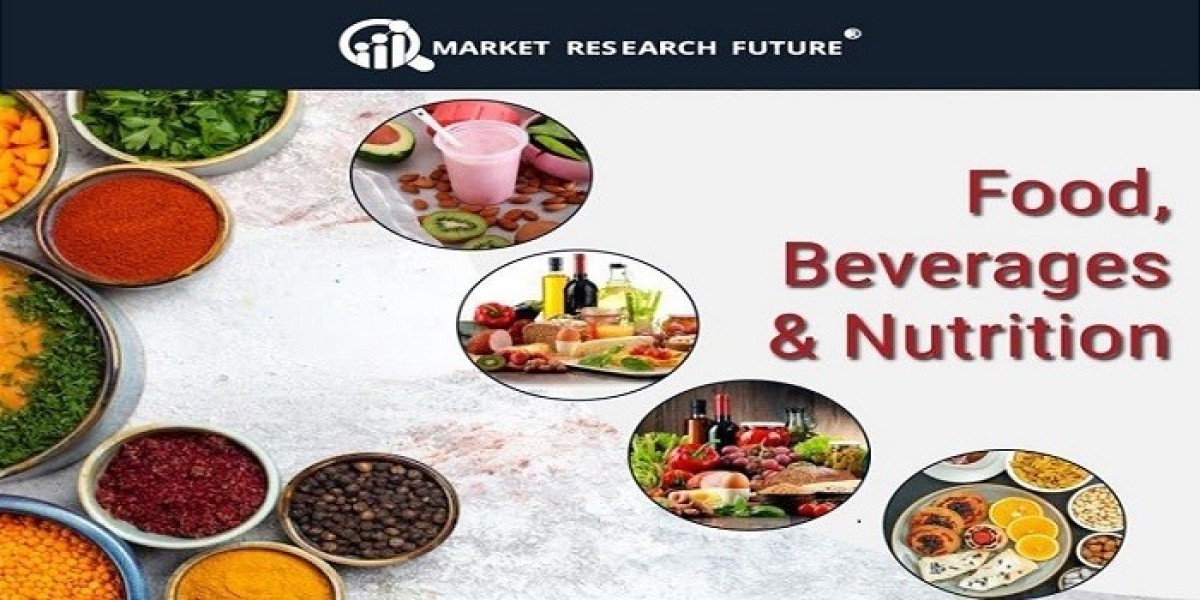The protein bars market is no longer just about protein. As competition heats up, innovation is the key battleground. From new ingredients to differentiated formats, brands are pushing boundaries. Here’s what’s likely ahead through 2030 and beyond.
Key Innovation Trends
Novel Proteins & Blends
Beyond whey and traditional plant proteins, expect experimentation with fermented proteins, algae, insect protein, and blended formulations that optimize amino acid profiles.Clean-Label Simplicity & Transparency
Fewer ingredients, recognizable names, no artificial additives. Labels and product pages that show sourcing, traceability, and minimal processing.Functional & Fortified Bars
Bars incorporating prebiotics, probiotics, adaptogens, botanicals, collagen, fiber blends, or nootropics to offer additional health benefits.Personalization & Consumer Customization
Bars tailored by user profile (age, gender, fitness level), subscription model mix & match, modular additives that consumers mix themselves.Sustainability & Packaging Innovation
Packaging with biodegradable or recyclable materials; sourcing from regenerative farming; reducing carbon footprint; transparent environmental metrics.Sensory & Texture Enhancements
Innovative textures (soft bites, chewy, layered, coated) to improve mouthfeel in high-protein formulations. Use of fat matrices, natural emulsifiers, advanced processing.Regional / Cultural Flavor Fusion
Local flavors (e.g. tropical fruits, spices, regional nuts) to appeal to local taste while combining with global nutrition trends.
Risks & Trade-offs
Cost increases: premium ingredients, packaging, and R&D can raise cost base.
Sensory compromise: pushing for clean label or novel proteins may challenge taste, texture, and consumer acceptance.
Regulatory compliance: new ingredients (e.g. insect protein) may require approval in some markets.
Consumer skepticism: overpromising may backfire — transparency and proof will matter.
What Brands Should Do
Start small: test limited-release innovations in niche markets before broad rollout.
Monitor consumer feedback & iterate quickly.
Build partnerships with ingredient innovators, biotech firms, or academia to stay ahead.
Invest in branding and storytelling — show the value behind novel ingredients.
Maintain core high-volume SKUs, while innovating at the margin to differentiate.
Outlook & Vision
By 2030, protein bars may look very different than today: more personalized, more functional, more sustainable, and more sensory-rich. The MRFR baseline growth to USD 7.05 billion by 2030 is only a foundation; the real value accrues to those who deliver meaningful innovation and clear differentiation.









